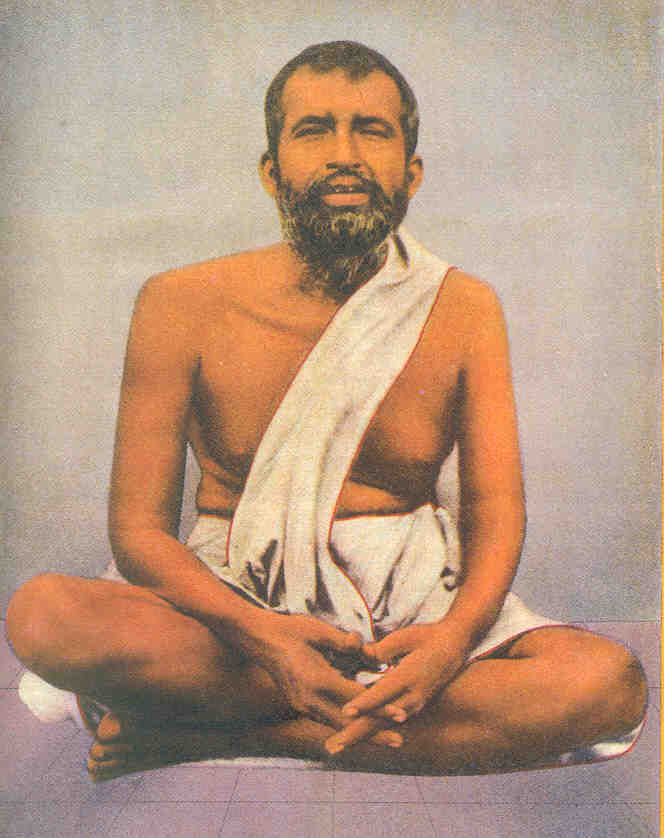6. Meditation: A Discipline of Self-Integration : 8.
The Teachings of the Bhagavadgita :
Then, of course, something is mentioned about the breathing process – a little of it is mentioned in the Bhagavadgita, and there are larger details in other yoga texts like Patanjali and Hatha Yoga Pradeepika, etc. As far as you students here are concerned, I would advise that you need not go deep into these technical matters of pranayama as it has been described in the Hatha Yoga Pradeepika, etc., because, for your practical purposes, it would be enough if you breathe normally by a daily practice of consistent and harmonious deep inhalation and exhalation than merely breathe shallow; you don't breathe deep, for various reasons. For fifteen minutes or twenty minutes or even half an hour in the morning and in the evening you may stand up, or even sit down, and throw your arms out by breathing deeply, slowly, gradually, in an open atmosphere, if possible, or in even your own room – opening the doors and windows, breathe deeply and exhale also slowly. This simple, non-technical procedure of gradual, deep, consistent, persistent inhalation and exhalation itself will be sufficient for you. The other technicalities like sukhapurvaka – holding your nostrils etc. – may not be necessary for you at the present moment, though they have their own value.
So the asana should be a seated, consistent posture. If you cannot sit for a long time in one position, with a straight spine, etc., you can, in the beginning stages at least, sit near a wall which is perpendicular to the ground. This is a convenient position, and you will not feel much of an ache in the back because of your leaning on the wall; but it should be perpendicular, not slanting. And then this breathing process gradually, together with the recitation of OM, pranava, if possible with a mild sonorous sound by which systematic, harmonious, calm process of chanting of OM. You will create within yourself a vibration which you will yourself feel as a creeping ant through your nerves. As if a mild electric shock is given to you, you'll feel a sensation through the entire body when you chant OM without any kind of occupation in your mind but with a feeling of devotion to the great ideal before you. This chanting of OM may done every day, for fifteen minutes, before your concentration on the object.
Then, the crucial point comes in – the nature of the object of meditation and the way in which you have to adjust your consciousness to that location and structure of the object of meditation. Here you are face to face with a problem. The earlier stages may look simpler – asana, pranayama and pratyahara even may be regarded in any way, the outer court of yoga. When you come to meditation proper, you are in the inner court. Here, initiation is necessary; mere book reading may not be insufficient. Whatever may be your study, however vast it be, that may not be sufficient because here you are facing a difficulty which cannot easily be explained in textbooks. You may study the biology, the anatomy of a lion, but you will not be able to face it though you are a master of anatomy. You know what the lion is made of, its psychology also is known to you if you have studied a lot about it, but you cannot go near it, in spite of all your knowledge of how its body is made and how it thinks etc. So, likewise, any amount of academic knowledge here may not be adequate to the purpose. A professorial understanding is one thing, and a practical ability to handle the situation is a different thing altogether; like rowing a boat even – you may know the art theoretically, but you cannot row the boat in the
To be continued ....
.jpg)
.jpg)

.jpg)

Comments
Post a Comment